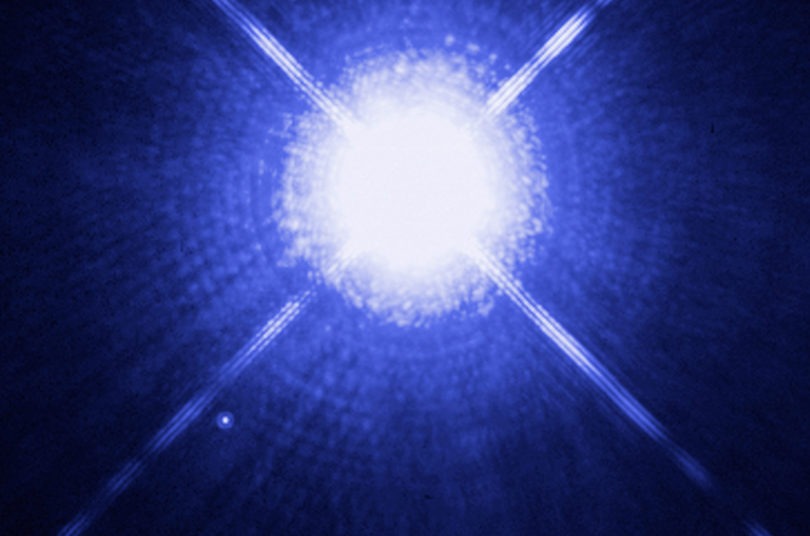Theoretical physicists have discovered a novel way to test Albert Einstein’s theory of gravity, general relativity, and potentially explore the distant universe for small, hard-to-detect objects. According to these physicists, gravitational waves, which are ripples in space created by the collision of massive objects like black holes, should produce echoes when they bounce off other massive objects. These echoes, referred to as “gravitational glints”, could potentially be used to detect objects such as white dwarfs and neutron stars that are difficult to observe beyond our galaxy.
The lead author of the study, Craig Copi, explains that if general relativity is correct, echoes must exist to some extent, but he cautions that this does not guarantee their observability. General relativity states that massive objects distort spacetime, resulting in the gravitational force we experience. When two massive objects, like black holes, merge, they emit gravitational waves in all directions.
Since 2015, scientists have been able to detect these faint waves using interferometers, large optical instruments like LIGO and Virgo. These detectors have observed dozens of gravitational wave signals, mostly from black hole mergers. However, the theorists, Copi and Glenn Starkman, believe that some signals should also be accompanied by echoes that arrive slightly later. They calculate that the gravitational waves scattering off nearby objects can reproduce the direct signal, based on general relativity.
The scattering of the waves occurs not from the material of the object but from the object’s gravitational field. Previous calculations suggested that scattering from pointlike objects, such as black holes, would result in weak scattering. This is because the strength of the gravitational field from a point source decreases with the square of the distance. However, Copi and Starkman found that scattering from a dense spherical object, like a bowling ball, can produce detectable echoes due to the modification of the gravitational field within the sphere.
Other types of echoes are also possible. Some physicists have proposed that if quantum mechanics modifies general relativity, the merging black holes’ signal would exhibit a pulsing reverberation. However, this would require new physics and generate a sequence of imperfect echoes. The gravitational glints suggested by Copi and Starkman, on the other hand, produce a single, faithful echo of the entire signal.
Another way to produce multiple signals is if a dense object lies directly along the line of sight to the source of the gravitational waves, acting as a lens. However, the probability of witnessing such a lensing event is much smaller.
Copi and Starkman estimate that, based on nominal populations of compact objects, approximately one-third the size of the original signal, an echo would accompany about one in every 225 gravitational wave events. This means that one or two large echoes could potentially be hidden in the 90 events already detected by LIGO and Virgo. As a result, scientists like Leslie Wade, a gravitational wave physicist, are eager to search for these echoes, considering the payoff to be significant compared to the effort required.
Neil Cornish, another gravitational wave astronomer and LIGO member, suggests that the ever-improving detectors should detect thousands of events in the next decade. Discovering just one or two gravitational glints would provide a rough estimate of the number of compact objects beyond our galaxy, such as neutron stars and white dwarfs. Cornish likens this to a blind person feeling an elephant, stating that while it may not provide detailed information, it would yield insights that would otherwise remain unknown.

